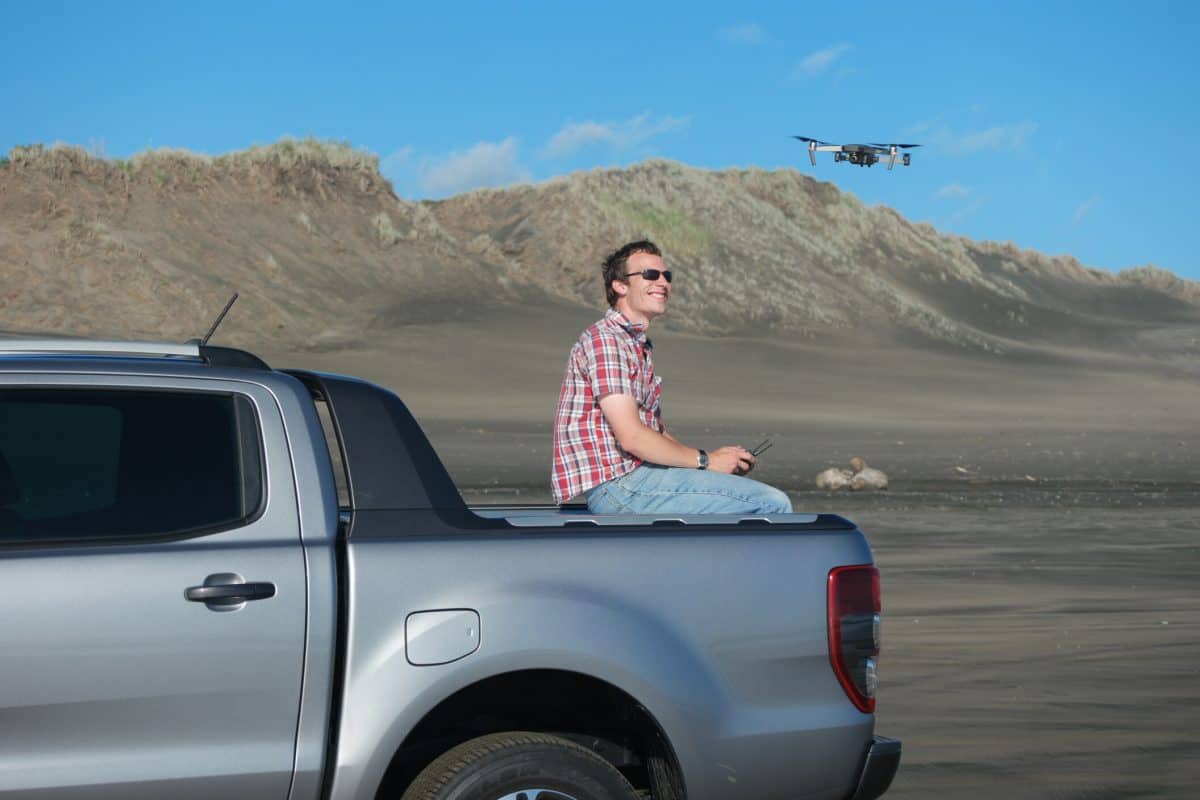The role and origin of Tuhua’s unusual magmatic chemistry
Following a rather bimodal career path (studying the fields of Geology, but working professionally in the field of Ecology), I focused much of my academic endeavours on studying the dynamics behind landscape evolution, geomorphology, and the stability of landscapes. I have developed many new ways of gaining complex geological information using ecological vectors in the field, such as:
- using the principles of long-river-profiles to determine regional tectonic uplift
- using the growth rates of lichens to establish the volcanic history of active volcanoes, and
- forecasting landslide probability hazards based on forest cover, rainfall, and sedimentation discharge.
I am a field-scientist by heart, and as much as I too work with advanced remote sensing equipment, for me personally, nothing delivers an answer more clearly than being at the location studying the dynamics in situ.
Having focused much of my BSc (Hons) on orographic (alpine) landscape formation and glacial- and marine geology, I followed this up with a MSc in volcanic landscape dynamics, to complete the full spectrum of global landscape evolution. During both my BSc and MSc studies, I continuously applied dynamics using both ecological and geological principles. This has allowed me to substantially broaden my perspective in both sciences and untangle complex landscape formations, whether they be geological inselbergs, species’ distribution, or volcanic disposition. It was this broad knowledge of these two interactive disciplines that led me to lead geological research on the Mexican Revillagigedo Archipelago, and subsequently, Tuhua Island in New Zealand.
Over the course of my PhD, I will keep pursuing both of my passions for geology and ecology. I have founded a Drone-surveying company (FlyDrive NZ) focusing on landslide hazards, formation and propagation of landslips, and tidal dynamics; again, tying in the ever-present overlap between the ecological and geological vectors. For my PhD, I will compliment this knowledge even further by adding in geochemical dynamics, studying the physical volcanology of Tuhua Island and understanding the drivers that have governed the behaviour of this volcano and shaped the island throughout its marine and subaerial history.
During my spare time, I won’t pass up the opportunity to travel to new remote places across New Zealand (and beyond), where I will continue to observe, study and admire the complex dynamics that shape our surroundings, and pass this enthusiasm for nature on to those open to learn.

My Project
Following the disastrous eruption of White Island on December 9, 2019, New Zealand has redirected their attention to the potential hazards and dangers these restless mountains and volcanic islands can deliver. Especially, volcanoes which appear dormant or quiet can pose a substantial risk to visitors and researchers tending to be less aware of the immediate dangers that my be present beneath their feet. For this PhD, I study the volcanological history and potential risks of Tuhua Island, which receives many yearly visitors and tourists due to it being a pristine nature reserve, rich in wildlife and surrounded by a lush marine reserve.
The high silicic peralkaline geochemistry of the Tuhua Island eruptives is unique within New Zealand and therefor the behaviour of the Tuhua volcanic edifice is unlike that of other New Zealand volcanoes. My project seeks to enhance our understanding of what drives this unusual magmatic composition, and how it affects the behaviour of this volcano in space and time.
This project seeks to develop new insights into the origin and nature of peralkaline volcanic centres, as well as study their eruptive behaviour using both field-based interpretation and lab-based geochemical models. New models for predictive monitoring will be developed, which will help to set up an volcano early warning system to alert when an eruption is imminent.
Next Steps
The Tuhua volcano can be used as a global exemplar for other silicic peralkaline volcanoes around the world, and we would like to expand our scope using case studies in regions where similar geochemical suites have been observed. Ultimately, the results from Tuhua will significantly expand our knowledge on the dynamics of peralkaline rhyolitic eruptions, and will help us prepare, mitigate, and minimise the risk to the public when such peralkaline eruptions will inevitably happen in future.




